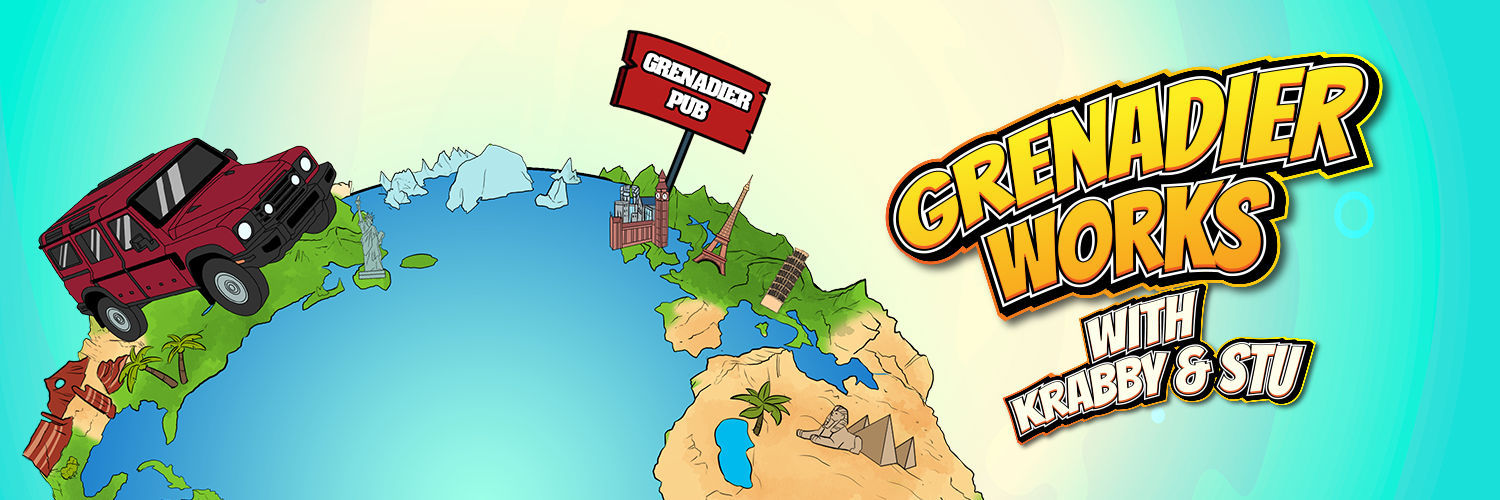Ineos crew, there is an issue with the front driveshaft CV at the transfer case side. The acute driveline angle generates heat causing the rubber on the CV to rip and spill grease. This leads to failure of the CV joint and ultimately immediate loss of forward propulsion. The failures have been well documented. Do you have plans to redesign this part or should owners start looking for their own permanent solutions?
This is a serious safety concern that needs to be resolved.
This is a serious safety concern that needs to be resolved.



